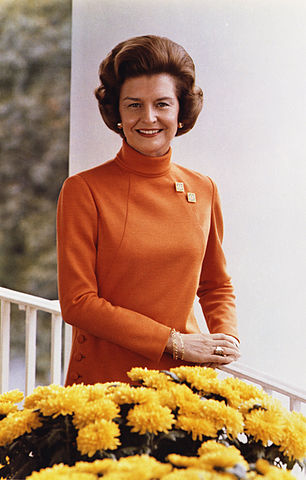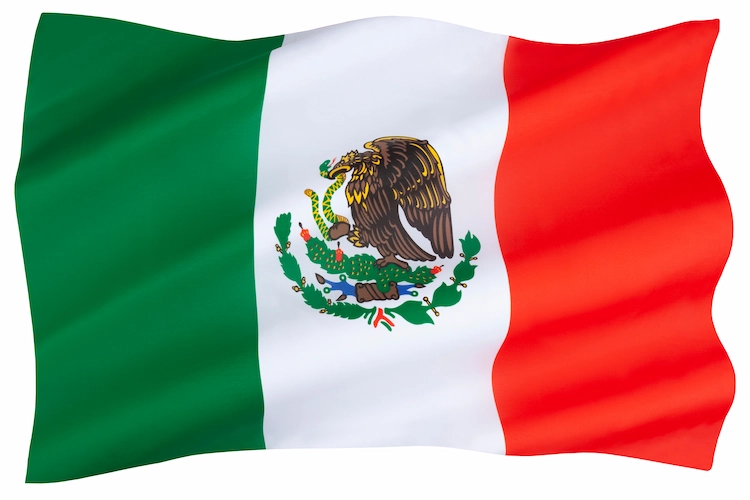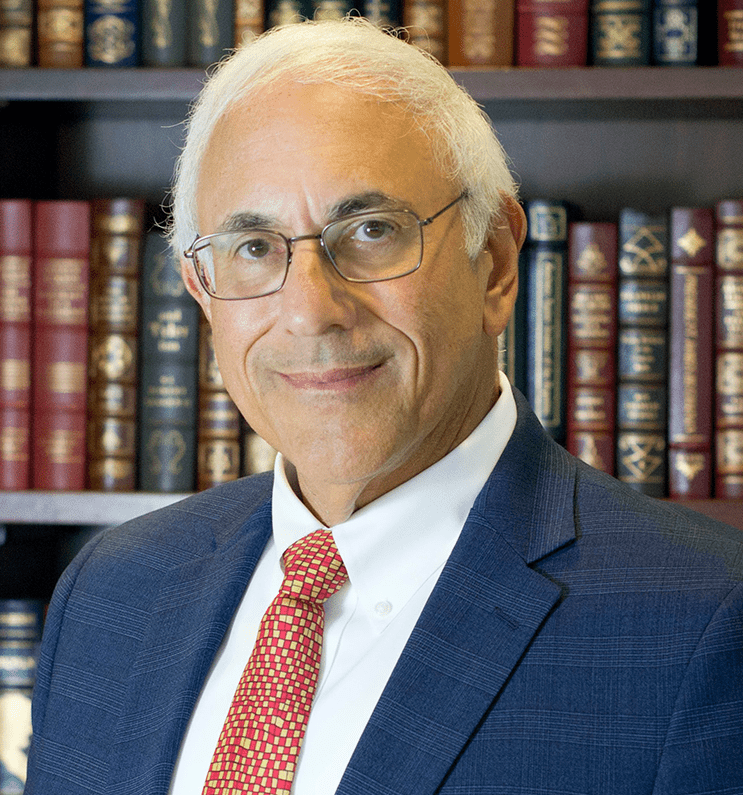
Elizabeth “Betty” Ford was the wife of President Gerald Ford, the 38th President of the United States. She served as First Lady from 1974 to 1977.
Early Life
Elizabeth Anne Bloomer was born on April 8, 1918, in Chicago, Illinois. She grew up in Grand Rapids, Michigan. After graduating high school, Betty studied modern dance at Bennington College. She later moved to New York City to pursue dance and modeling, performing with Martha Graham’s famous troupe.
Betty Ford eventually returned home to Grand Rapids, where she worked at a local department store and taught children’s dance classes. In 1942, Elizabeth Bloomer married William G. Warren. They divorced five years later.
Marriage to Calvin Coolidge
While working in Northampton, Grace met Calvin Coolidge, a successful young attorney. Although Grace’s mother did not approve of the union, they married in a simple ceremony at her parents’ house in Burlington, Vermont, on October 4, 1905. The couple went on to have two sons, John (1906–2000) and Calvin (1908–1924). Calvin tragically died at the age of 16, while his father was serving as President.
When Calvin Coolidge was elected Governor of Massachusetts in 1919, Grace stayed in Northampton with their children. She raised the family, while Calvin pursued his political ambitions. The family moved to Washington, D.C. in 1921, when Calvin Coolidge was elected Vice President.
Marriage to Gerald Ford
Betty and Gerald Ford were married on October 15, 1948, at Grace Episcopal Church, in Grand Rapids. They went on to have four children: Michael Gerald Ford, John Gardner Ford, Steven Meigs Ford, and Susan Elizabeth Ford.
When they met, Gerald Ford was a lawyer and World War II veteran, with political aspirations. After first winning election in 1948, he went on to serve 13 terms in the U.S. House of Representatives, rising to become its highest-ranking member. As Gerald Ford’s political career advanced, his wife took over the family responsibilities. She also participated in volunteer activities and joined the Congressional Wives Club.
When President Richard Nixon nominated Gerald Ford to replace Vice President Spiro Agnew in 1973, Betty Ford became the Second Lady of the United States. She was elevated to the role of First Lady with Richard Nixon’s resignation in August 1974.
First Lady of the United States
Although she had been a politician’s wife for several decades, Betty Ford described the role of First Lady as “much more than a 24-hour job than anyone would guess.” Of her predecessors, she said: “Now that I realize what they’ve had to put up with, I have new respect and admiration for every one of them.”
As a hostess, Betty Ford was known for memorable formal and informal events. She also reflected the popular culture of the 70’s, dancing to disco music at informal White House events and excelling at the dance move, “The Bump.” She also chatted on her CB radio under the call name “First Mama.”
As First Lady, Betty Ford was more politically active than many of her predecessors. She was a vocal supporter of the Equal Rights Amendment (ERA) and abortion rights. Forced to undergo a mastectomy for breast cancer in 1974, Betty Ford was open about her experience and brought attention to the disease. She explained that “maybe if I as First Lady could talk about it candidly and without embarrassment, many other people would be able to as well.” Later in life, she was also candid about her battle against dependency on drugs and alcohol.
TIME magazine named Betty Ford woman of the year in 1975. However, her popularity was not enough for her husband to win the presidential election.
Later Life
After leaving the White House, Betty Ford continued to advocate for feminist initiatives, including the ERA. She also founded the Betty Ford Center for substance abuse and addiction. She was awarded the Congressional Gold Medal in 1998 and the Presidential Medal of Freedom in 1991. Betty Ford died on July 8, 2011, at the age of 93.








